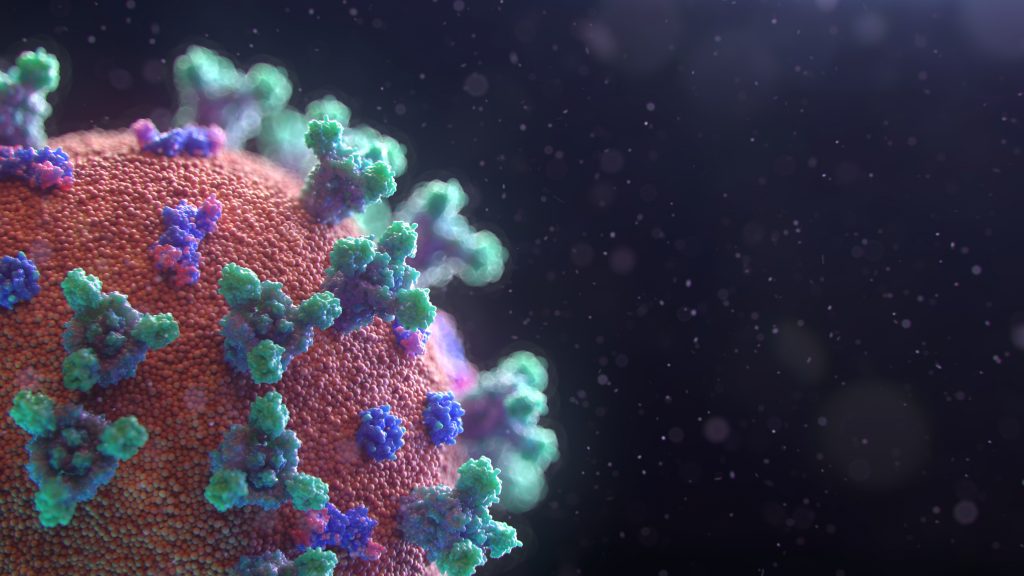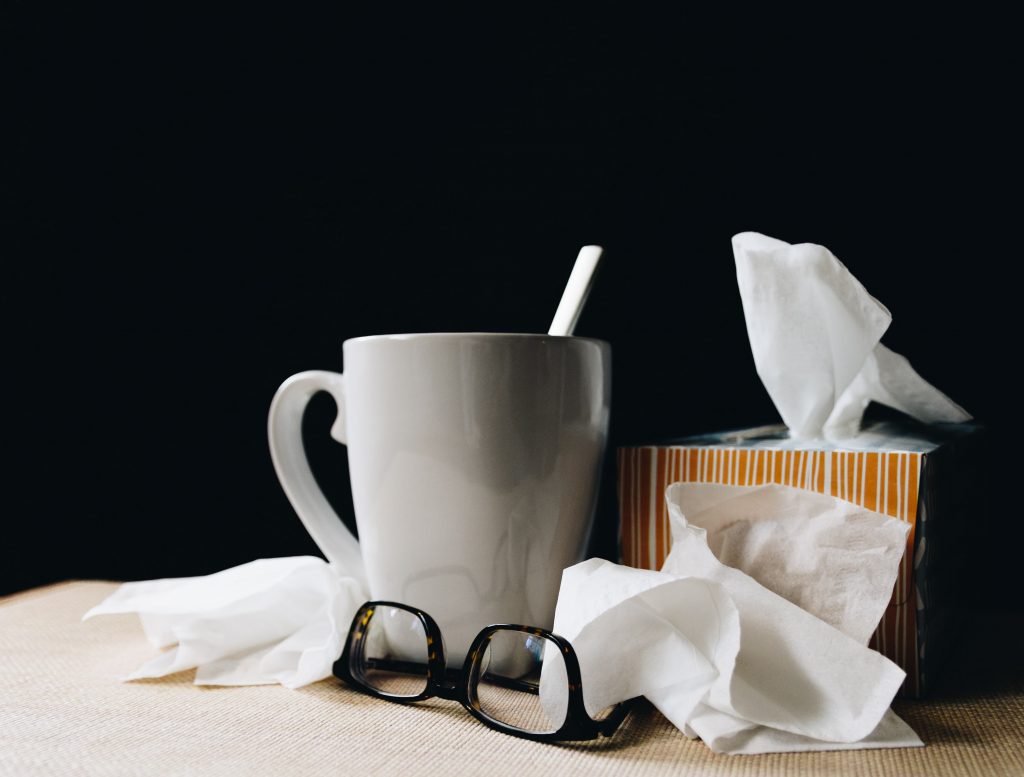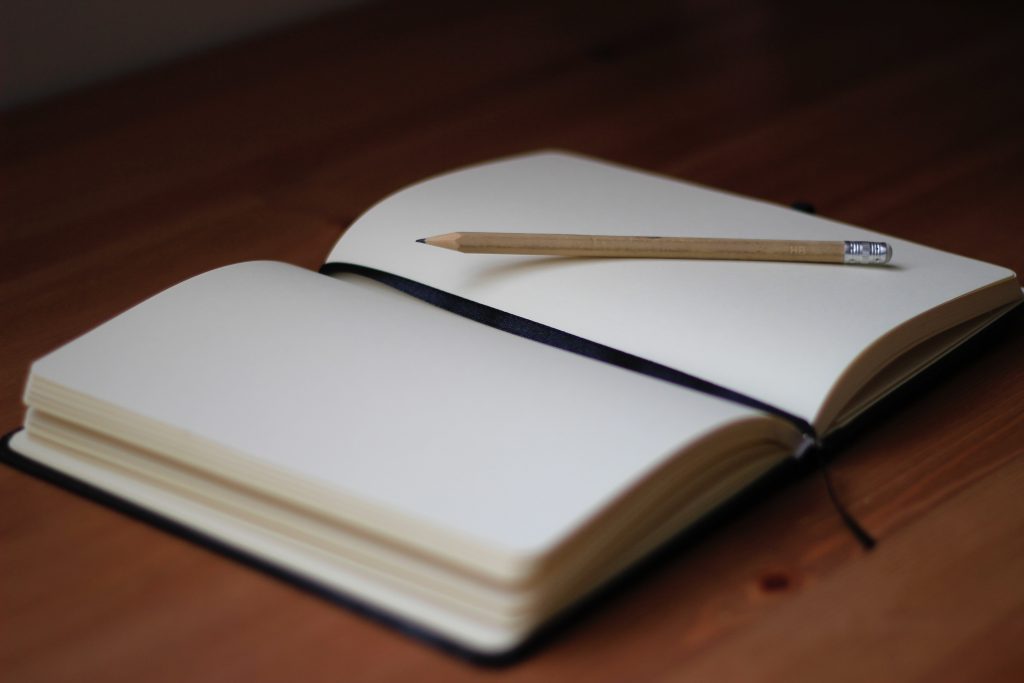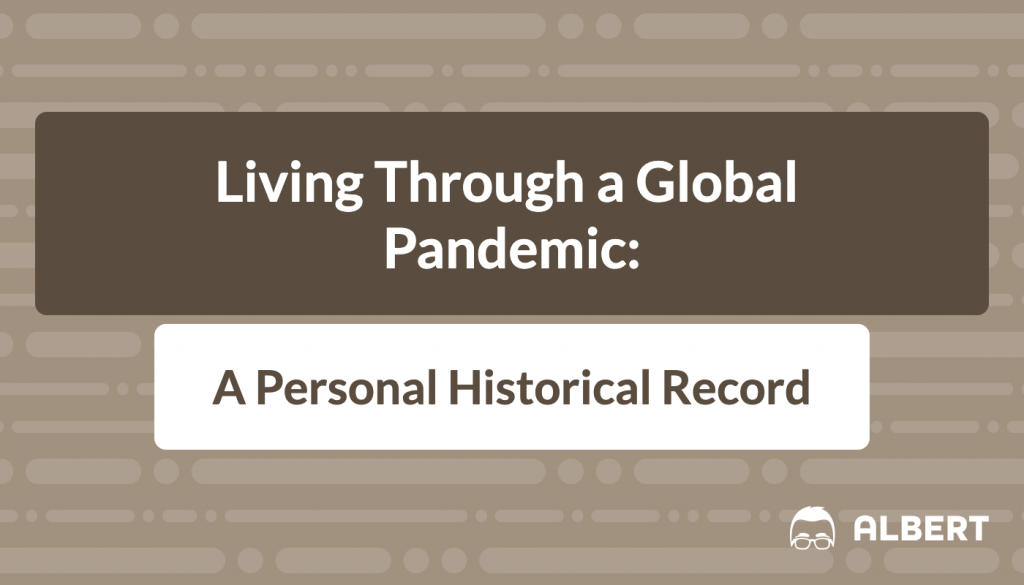This is a guest contribution by Jon Elfner, with help from Ted Venegas and Michael Klein. Everything written in this article reflects the opinions of solely the author.
This post is intended as a lesson plan for teachers to use with their students in opening up a discussion on the COVID-19 pandemic. To learn more about Jon, check out his biography at the end of this post.

What We Review
Introduction
“Journalism is the first rough draft of history,” or so it was said by Alan Barth, editor of the Washington Post. The year was 1943, and certainly there was plenty of history being made in America, and by Americans, as our nation struggled through World War II. Surely Barth was on to something. And his statement reminds me of something a friend asked me in the early days of the Coronavirus. He said, “when does news become history?” In truth I struggled to answer his question. Sometimes it is clearly too soon to write the history of an event. For instance, historical evaluations of presidents, during their presidency, is too early. But I couldn’t pin down a timeline, even broadly, about when news becomes history.
But I was certain of one thing. History requires a record, and so often in the frenzy of a historical event, there is no time for individuals to slow down and create a record. But we live in interesting times: As schools close, restaurants and bars are shut down, and the typical weekly gatherings like sporting events, concerts, church services, PTA meetings, and just socializing with friends, are no longer available to us, we suddenly find ourselves with time on our hands. Time to record how we are experiencing this pandemic. And time to ask, “how will this story be told in 10, 20, 50, or a hundred years.”
Stories are usually something we look back on. We recall the most memorable points, shape them together with a narrative structure, and find meaning in their telling. Stories become memory, and a well-told story is like a time machine. It allows us to return, in some form, to our past lives, and make sense of events that at the time, may not have seemed sensible.
The world is living a story right now. Information is changing quickly, things we hadn’t heard of or imagined happening to us in our lifetimes have become routine. You are living through a story right now, that will at some point become history. And when that time happens, the value of first-hand accounts, your story, will be vital in making sense of this time period. Barth was on to something when he said journalism is the first draft of history. But memory completes that rough draft, rounds out the edges, emphasizes certain elements and edits out others. And that memory, along with journalism, becomes history.
Let’s tell a story as it happens, and provide ourselves a record of this emerging historical event as it happens. I invite you to construct your story by chronicling your daily experience as this disruption in American lives goes on. And through this project, you can be a contributor to the first rough draft of history.

Context
The Coronavirus has caused significant disruption to our nation and our world. What began as a mild concern for most Americans, developed into a series of closures that included schools, churches, and public gathering places. Although the events of 9/11 led to a brief shut down of air travel, and more restrictive security measures in the days, weeks, months and years that followed, no event in modern history has been so significantly disruptive to daily life. As terms we never heard before like “social distancing” and “e-learning” become commonplace, these rapid changes are affecting more and more people.
If you are reading this, it is likely that you are in the midst of a long-term school closing resulting from the global pandemic. You may not know that there was a similar event that occurred in America and throughout the world in 1918-1919. It too was a global pandemic, but that time the disease was something called the Spanish Flu.
Below you will find a brief account of the Spanish Flu. Both are produced by the Center for Disease Control and Prevention, (commonly referred to as the “CDC”), a US Government organization created to combat health risks to the American public.
The 1918 influenza pandemic was the most severe pandemic in recent history. It was caused by an H1N1 virus with genes of avian origin. Although there is not universal consensus regarding where the virus originated, it spread worldwide during 1918-1919. In the United States, it was first identified in military personnel in spring 1918. It is estimated that about 500 million people or one-third of the world’s population became infected with this virus. The number of deaths was estimated to be at least 50 million worldwide with about 675,000 occurring in the United States.
Mortality was high in people younger than 5 years old, 20-40 years old, and 65 years and older. The high mortality in healthy people, including those in the 20-40 year age group, was a unique feature of this pandemic. While the 1918 H1N1 virus has been synthesized and evaluated, the properties that made it so devastating are not well understood. With no vaccine to protect against influenza infection and no antibiotics to treat secondary bacterial infections that can be associated with influenza infections, control efforts worldwide were limited to non-pharmaceutical interventions such as isolation, quarantine, good personal hygiene, use of disinfectants, and limitations of public gatherings, which were applied unevenly.
Although millions of people world-wide experienced the Spanish Flu, and interviews with people looking back on the Spanish Flu epidemic are easy to find, locating daily journals from those who lived through the event is much harder. This project seeks to generate records of those living through the epidemic – YOU!
Every day you will have the chance to answer a short series of questions. There will be three consistent questions to answer every day, along with a rating of your feelings about your experience each day. Additional questions are located towards the end of this post. Those questions shouldn’t be answered every day, but instead can be seen as a “buffet” of questions to choose from. Some may seem more relevant on a particular day than others.
On a regular basis, you will have the chance to answer a short series of questions. There will be three consistent questions to answer each time you journal, along with a rating of your feelings about your experience each time you write an entry. Additional questions are located towards the end of this post. Those questions shouldn’t be answered as often but instead can be seen as a “buffet” of questions to choose from. Some may seem more relevant on a particular day than others.

Daily Questions for Your Journal
- What have you learned in the last 24 hours that is new?
- What did you do yesterday? How was it different from a regular day?
- How are you feeling (feel free to answer that question in regard to both your physical and mental state)?
- On a scale of 1-10, how worried are you right now? Explain.
- On a scale of 1-10, how bored are you right now? Explain.
- On a scale of 1-10, how confident are you that things will return to normal soon. Explain.
Here are optional questions to add to the above list. These questions are not as likely to change on a daily basis, but you may want to address them from time to time.
These questions are designed to be answered by the individual writing the project, or could be used to interview family members.
Additional Questions
- What are your sources for information about the Coronavirus outbreak/pandemic?
- What are your concerns about the current situation? They can be big or small.
- Are there any positive consequences or a “bright side” to this situation? Explain.
- What did you do for fun in the last 24 hours?
- What do you miss about normal days?
- When do you think things will return to normal?
- Are your parents/guardians working outside the home? If so, what do they do?
- How have your parents/guardians reacted to all of this? What advice are they giving you?
- What would you normally have done today that you did not do because of Coronavirus? Provide detail.
- What will you do today because of Coronavirus? Provide detail.
- What is the rest of your household doing today?
- What role is social media playing in your understanding of Coronavirus?
- What role is social media playing in helping you cope with the cancellation of school?
- Summarize a news story related to the Coronavirus outbreak. It can be about the outbreak, the fight to stop its spread, coping strategies, government action, economic impact, etc… What is the source of the story? Is it trustworthy or believable?
- Describe the actions of any level of government- Local, State, Federal, or Foreign. Do you agree or disagree with the actions? Why?
- Why is it important to record the daily events of this historical event? Why is it important to record the daily thoughts and feelings of the people living through this historical event?









